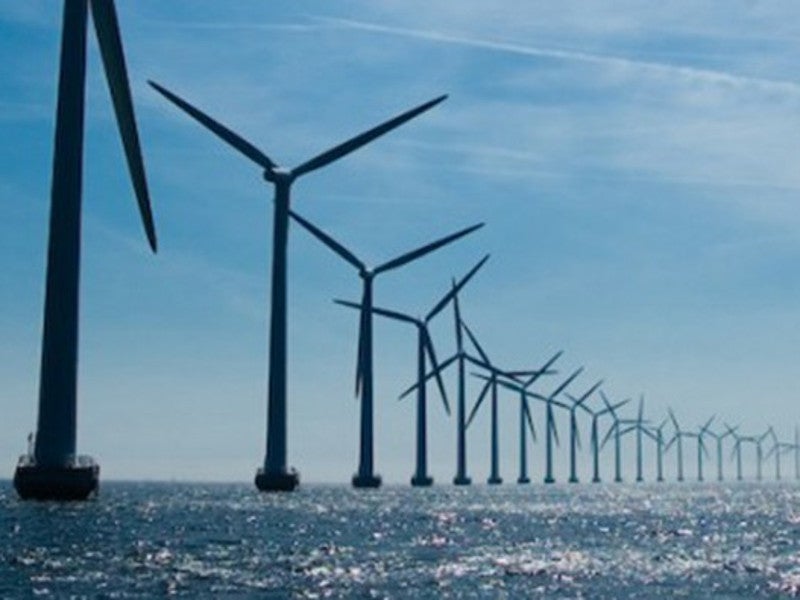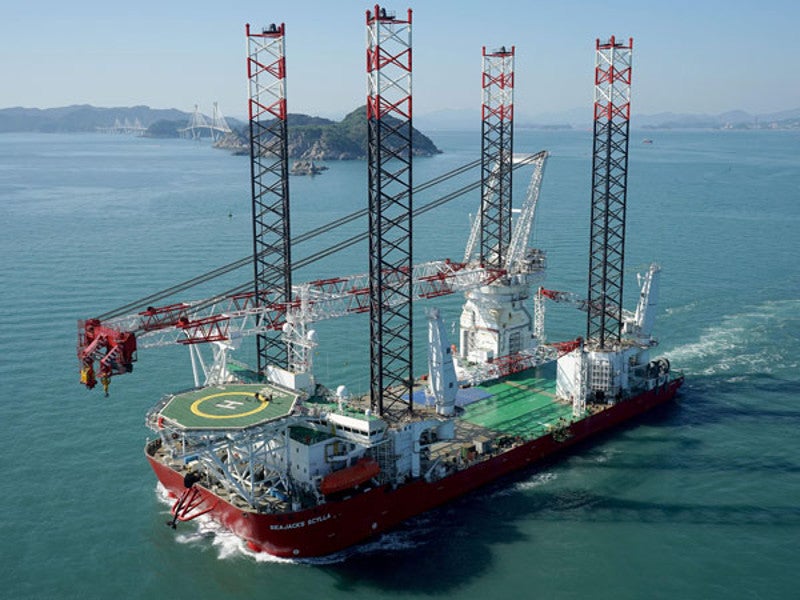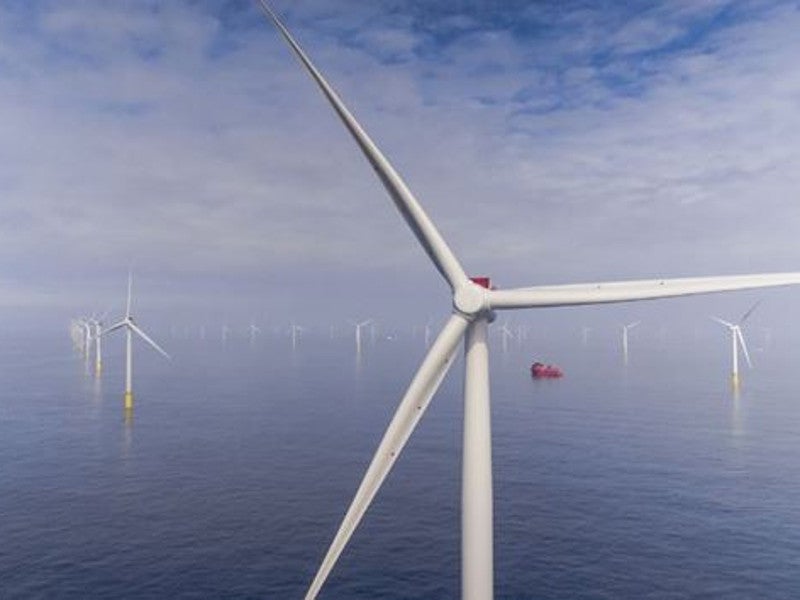Formosa 2 is a 376MW offshore wind power project located adjacent to Taiwan’s first commercial-scale offshore wind farm Formosa 1, which was commissioned in December 2019.
Stretching up to 9.5km off the coast of Miaoli County in north-west Taiwan, the Formosa 2 wind farm is expected to produce enough electricity to power 380,000 households a year and offset approximately 18.75 million tonnes (Mt) of carbon emissions in its lifetime.
The Formosa 2 offshore wind farm is being jointly developed by JERA (49%), Macquarie Capital (26%), and Swancor Renewable Energy (25%). Macquarie earlier had a 75% interest in the project of which JERA, a 50:50 joint venture between Tokyo Electric Power (TEPCO) and Chubu Electric, acquired 49% in October 2019.
Financial close on the £1.6bn ($2.05bn) project was reached in October 2019, while onshore construction works were started in November 2019.
Offshore works are expected to be started in 2020, while the wind farm is scheduled for commissioning in 2021.
Offshore wind power development in Taiwan
The Formosa 2 wind farm is being developed as part of Taiwan’s goal to develop 5.5GW of offshore wind power by 2025.
At the time of commissioning in 2021, Formosa 2 will be the biggest offshore wind farm in Taiwan.
Its capacity, however, is expected to be overtaken by the Greater Changhua offshore wind farm from which 900MW capacity is scheduled to go online 2022.
Formosa 2 offshore wind farm make up
The Formosa 2 offshore wind farm will comprise 47 units of SG 8.0-167 DD turbines from Siemens Gamesa Renewables Energy. The turbines will be installed on jacket foundations in 55m-deep waters.
With 167m-diametre rotor and 81.5m-long blades, each turbine will have a swept area of 21,900m2.
Designed to operate at 690V voltage and 50Hz frequency, each pitch-regulated, direct-drive turbine will have a rated output of 8MW.
The electricity generated by the wind turbines will be evacuated into the grid through submarine cables connecting an onshore substation.
Contractors involved with the Formosa 2 offshore wind project
Belgium-based Jan De Nul Group was awarded the engineering, procurement, construction and installation (EPCI) contract for the foundations and subsea cables for the Formosa 2 offshore wind farm in June 2019.
Siemens Gamesa Renewable Energy (SGRE) received an order to supply 47 wind turbines for the wind farm in the same month. Siemens Gamesa will also be responsible to provide maintenance services for the wind turbines for a period of 20 years.
Seajacks International was subcontracted Siemens Gamesa for the transportation and installation of Formosa 2 wind turbines in July 2019.
Jan De Nul Group contracted South Korea-based LS Cable & System to supply 130km of submarine cables for the Formosa 2 project in July 2019.
Sembcorp Marine Offshore Platforms, a subsidiary Sembcorp Marine, was subcontracted by Jan De Nul to fabricate 15 jacket foundations for the Formosa 2 wind turbines in September 2019, while Italian engineering firm Saipem was subcontracted to construct foundation jackets for the remaining 32 wind turbines in November 2019.
Seaway 7, a subsidiary of Subsea 7, was subcontracted by Jan De Nul for the transportation and installation of jacket foundations for the Formosa 2 offshore wind farm in October 2019.
Fortune Electric, a power equipment manufacturer based in Taiwan, is responsible for the onshore infrastructure to connect the wind farm to the local electricity network.
Formosa 1 wind farm details
The 128MW Formosa 1 wind farm is located 2km offshore Miaoli County on the west coast of Taiwan. The project partners for Formosa 1 are Orsted (35%), JERA (32.5%), Macquarie (25%), and Swancor (7.5%).
The wind farm features a total of 22 turbines, including two SWT-4.0-120 turbines and 20 units of 6MW SWT-6.0-154 turbines supplied by Siemens.
The Formosa 1 project was developed in two phases. The first phase involving two 4MW turbines commenced operation in April 2017, while construction on phase two (120MW) was started in June 2018.
The 128MW wind farm started commercial operations in December 2019. It is capable of generating sufficient electricity for approximately 128,000 Taiwanese households.





